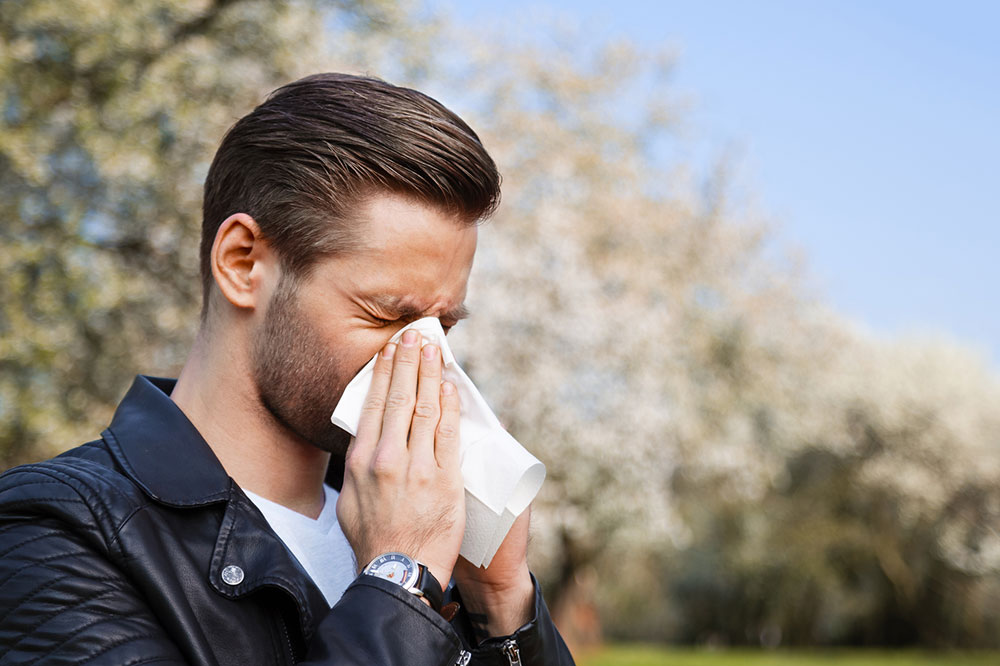Comprehensive Guide to Managing Allergic Reactions
Explore a detailed guide on allergy management, covering causes, symptoms, treatments, and preventive measures. Learn about modern therapies, immune system training, and emergency response strategies to effectively handle allergic reactions and improve quality of life.

Comprehensive Guide to Managing Allergic Reactions
Understanding and Addressing Allergies
Allergies occur when the immune system reacts abnormally to harmless substances called allergens. Our immune defenses evolved to fight bacteria and fungi, but sometimes they overreact to environmental elements like pollen or chemicals such as solvents and dyes. This overreaction releases histamine, causing swelling, fluid leakage, and typical allergy symptoms. Severe cases can lead to anaphylaxis, a life-threatening condition requiring urgent medical intervention.
Treating Immune System Overactivity (Allergic Responses)
Conventional treatment often involves antihistamines, which block histamine from attaching to cells.
Side effects include drowsiness, dry mouth, blurred vision, and constipation. Elderly patients or those with other health issues should exercise caution, especially if they have thyroid problems or diabetes.
Newer, non-drowsy antihistamines are now available, offering relief without impairing alertness and addressing many symptoms of traditional medications.
Modern Treatment Strategies
The latest approach focuses on preventing allergic reactions through identifying and avoiding triggers.
Seasonal allergies often stem from pollen, making avoidance crucial.
Individuals with known insect sting allergies should carry epinephrine auto-injectors and be trained in their use. Wearing full-body protective clothing outdoors is advisable.
Immune Therapy (Immunotherapy)
This treatment aims to train the immune system to reduce its hypersensitivity.
Triggers are identified through skin testing, where injections of suspected allergens are administered. Reactions like redness indicate sensitivity.
Once identified, allergens are injected weekly for several weeks, then gradually spaced out over months to years, in a process lasting 3-5 years.
Subcutaneous injections are common, but Sublingual Immunotherapy (SLIT) involves placing allergen tablets under the tongue for faster absorption, effectively treating hay fever and seasonal allergies.
Understanding Anaphylaxis and Its Causes
In anaphylaxis, the immune system overreacts, releasing chemicals that cause shock, low blood pressure, swelling, rapid pulse, tongue swelling, and breathing difficulties.
Signs include skin hives, itching, dizziness, and vomiting. Immediate injection of epinephrine is critical, and emergency medical care should follow.
Carrying an epinephrine auto-injector is essential for those with severe allergy history.
Additional Treatment Options
Corticosteroids are used alongside antihistamines for severe reactions.
New medications like mast cell stabilizers prevent chemical release from immune cells and require regular use for effectiveness.
Leukotriene inhibitors reduce inflammation and allergy symptoms such as nasal congestion, sneezing, and runny nose.










